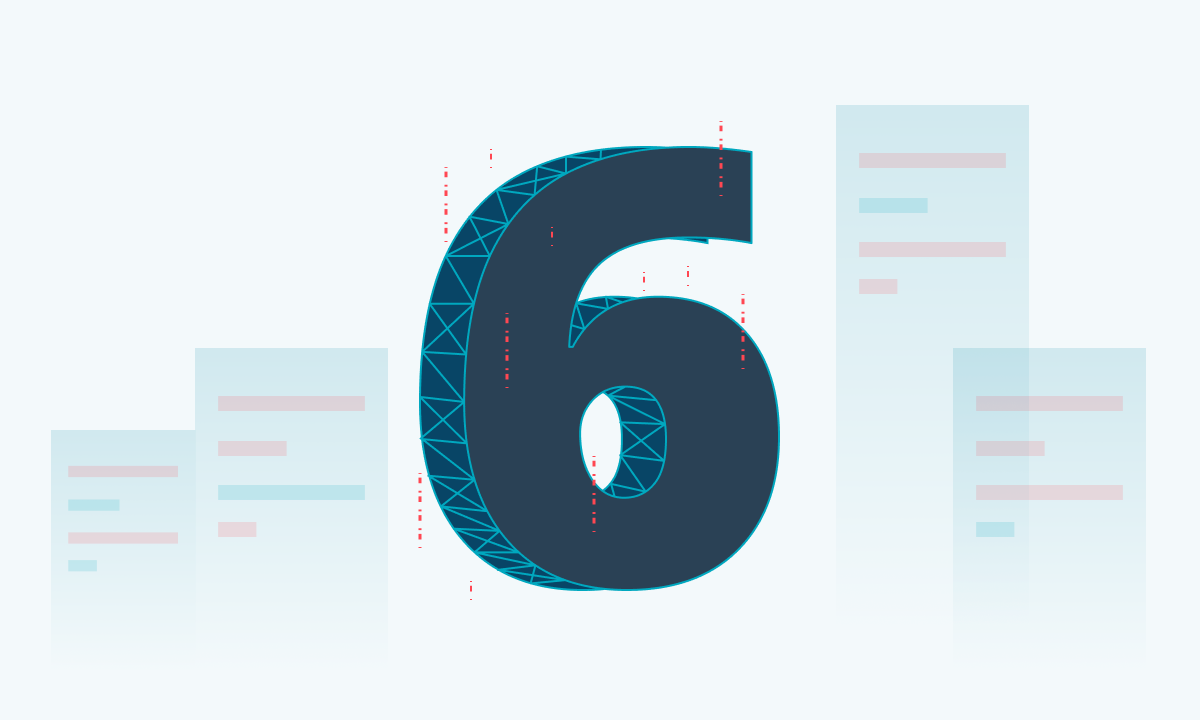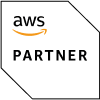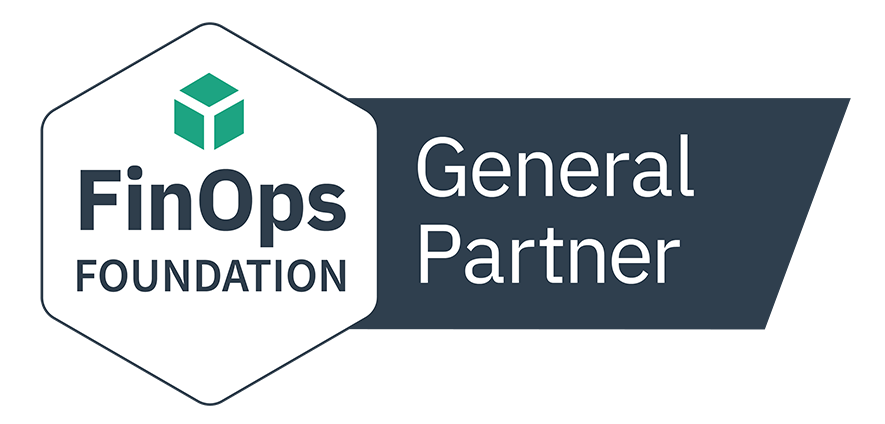IT spend on big data systems in 2023 is forecasted to be $222 billion (Statista.com: Information spending on data center systems worldwide from 2012 to 2023). Actual monetary cost is just one parameter: infrastructure resources, personnel, and the overall time taken to retrieve big data insights push spending even further.
No matter how well your enterprise believes it’s optimizing its big data stack, there is still room for improvement. Manual efforts can make major improvements but can only take you so far. Automation isn’t just an additive anymore; it’s a modern necessity. Whether you operate on premise or in the cloud, here are six reasons why manual infrastructure optimization can hold enterprises back, and why automation is needed to maximize the efficiency of a big data stack.
-
Difficulty of managing responsive scaling
Proper scaling is critical to accommodate changes in storage and workflow demands. But there are so many factors that make it difficult for humans to successfully perform manual infrastructure optimization on their big data stack in a thorough and timely manner:
- Collection
- Processing
- Storage
- Analysis
- Monitoring
-
Precise resource allocation in the cloud is extremely difficult
Cloud autoscalers tend to overprovision if not governed constantly. They can be slow to ramp up or ramp down, which enables resources to be wasted (and thus money wasted). Also, if developers are forced to predict how many resources are needed for a workload to perform, those predictions could end up being highly inaccurate. Critical infrastructure optimization requires real-time automation to ensure that provisioning is accurate.
-
Technological landscape continuously shifts
New types of technologies constantly emerge in the world of big data. AWS has over 500+ instance types and offers scores of different services, creating a lot of variety but also potential confusion about which ones are best for your data stack. Going through each instance type or service and trying to decide the most appropriate option for a specific use case is time consuming, labor intensive, and may require specialized knowledge.
Kubernetes is another new technology many developers are struggling to master. In “The State of Kubernetes Report 2023,” many respondents indicated that a steep learning curve required to upskill across software development and operations was their biggest challenge since adopting the technology.
-
Humans are prone to error
Human error is inescapable whether operating on-premises or in the cloud, with a range of instances, storage types, and payment mechanisms. And when it comes to resource allocation, developers tend to over-allocate the resources required for a job—leaving DevOps teams to face the consequences of cloud bill shock. To eliminate human error, enterprises can increase benefits by optimizing infrastructure through autonomous rightsizing of RAM, CPU, storage, and network to occur.
-
Your business is too unpredictable
Some businesses are not ready to make the jump from on-prem to the cloud due to unpredictable circumstances within the company, the economy, or other underlying factors. Here are a few possibilities:
- Some workloads have been migrated to the cloud, but some are staying on-prem
- Security concerns regarding migrating to the cloud
- Lack of funding for new hardware and software
A company that’s decided to keep its on-premises infrastructure running may find the compute resources running at unsustainable rates. Not only does the hardware need to be maintained to account for peak traffic times, but personnel changes require time costs to train new employees. An investment in autonomous optimization is needed to make sure your business is keeping infrastructure costs controlled. Whether that’s through augmented autoscaling or reclaiming wasted resources, a solution that’s autonomous and continuous will bring stability to an unpredictable business.
-
Not enough developer bandwidth
Your developers are busy, as they should be—why not empower them to focus on production rather than performance fine-tuning? Internal tuning may appear cheaper than paying for an external tool, but the time an engineer (or multiple) spends tweaking an organization’s infrastructure could end up costing more. Instead, engineering teams can use the insights gathered from their big data infrastructures to focus on business priorities and innovation.
Conclusion
Responsive scaling, autoscaling precision, technological changes, human error, business needs, and developer bandwidth: The combination of all these factors indicates that manual infrastructure optimization can be not only inefficient, but difficult to achieve given all the factors at play. That’s why an autonomous infrastructure optimization platform like Pepperdata is paramount for helping enterprises retrieve the maximum value from their big data stack. Pepperdata can reduce your autoscaling costs by 35% or more, ensure your resources are used optimally, and help your engineering teams meet SLAs across the board. Implementation is easy, too—install in under an hour and let Pepperdata immediately both show your potential savings, and optimize your realized savings with just one click of a button.
To learn more, be sure to download our in-depth solution brief or book a meeting with our solutions team.
CHAT WITH AN EXPERT | READ SOLUTION BRIEF




